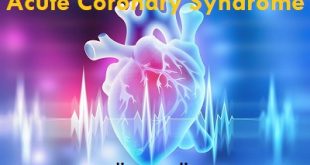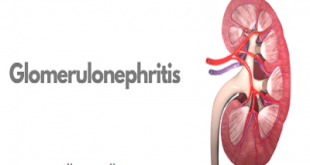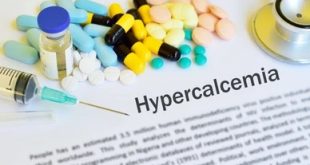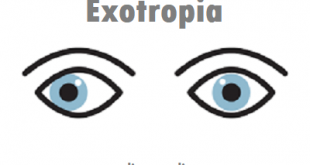Overview Acute coronary syndrome is a term used to describe a range of conditions associated with sudden, reduced blood flow to the heart. One such condition is a heart attack (myocardial infarction) — when cell death results in damaged or destroyed heart tissue. Even when acute coronary syndrome causes no …
Read More »Glomerulonephritis – Risk Factors, Complications, and Treatment
Glomerulonephritis – Overview Glomerulonephritis refers to acute and chronic kidney diseases caused by injury to the glomerulus, a part of the kidney responsible for filtering blood. If the kidney is injured, it is unable to filter blood properly. Over time, the kidney’s efficiency decreases, affecting the removal of extra fluid …
Read More »Hypocalcemia – Pathophysiology, Causes, and Treatment
Definition Hypocalcemia is a condition where blood levels of calcium are low. Hypocalcemia is a total serum calcium concentration < 8.5 mg/dL (< 2.13 mmol/L) in the presence of normal plasma protein concentrations or a serum ionized calcium concentration < 4.7 mg/dL (< 1.17 mmol/L). Normal calcium values range from …
Read More »Rhinophyma – Types, Pathophysiology and Treatment
Definition Rhinophyma is a benign condition of the nasal skin that results in abnormal growth and enlargement of the nose. While this is not cancerous, it results in a reddened, “bumpy” appearance of the nose that can be highly disfiguring. The etiology of this condition is multifactorial, but it is …
Read More »Peritonsillar Abscess – Pathophysiology, Causes and Prevention
Definition Peritonsillar abscess, or Quinsy are typically a complication of tonsillitis. They most often are caused by “strep throat” bacteria (group A beta-hemolytic streptococci). The peritonsillar space lies between each tonsil and the wall of the throat. An infection can cause a pus-filled swelling (abscess) to develop in this space. …
Read More »Exotropia – Symptoms, Management, and Prevention
What is Exotropia? Exotropia is a type of strabismus (eye misalignment), where one eye turns, or deviates, outward (away from the nose). The deviation may be constant or intermittent, and the deviating eye may always be one eye or may alternate between the two eyes. The deviation or eye turn …
Read More »Anisometropia – Types, Symptoms, and Treatment
Definition of Anisometropia Anisometropia: The condition in which the two eyes have unequal refractive power. One eye may be myopic (nearsighted) and the other hyperopic (farsighted) or one eye may be markedly stronger than the other. Anisometropia is a serious concern in newborns and young children because it can lead to amblyopia (impaired …
Read More »Deviated Septum – Description, Symptoms, and Causes
What is a Deviated Septum? A deviated septum is a condition in which the nasal septum (the bone and cartilage that divide the nose in half) is crooked, making one nasal passage smaller. If severe, breathing through the nose can be difficult. Most people naturally have some deviation – only …
Read More » Diseases Treatments Dictionary This is complete solution to read all diseases treatments Which covers Prevention, Causes, Symptoms, Medical Terms, Drugs, Prescription, Natural Remedies with cures and Treatments. Most of the common diseases were listed in names, split with categories.
Diseases Treatments Dictionary This is complete solution to read all diseases treatments Which covers Prevention, Causes, Symptoms, Medical Terms, Drugs, Prescription, Natural Remedies with cures and Treatments. Most of the common diseases were listed in names, split with categories.








